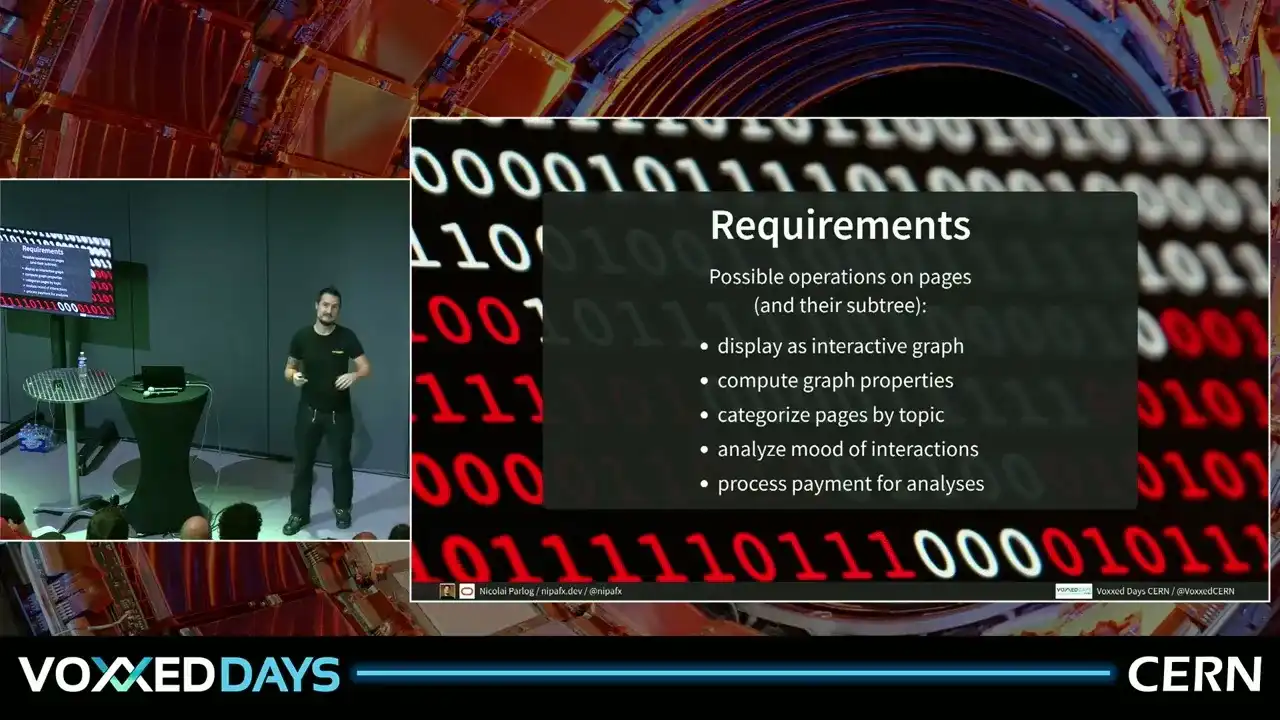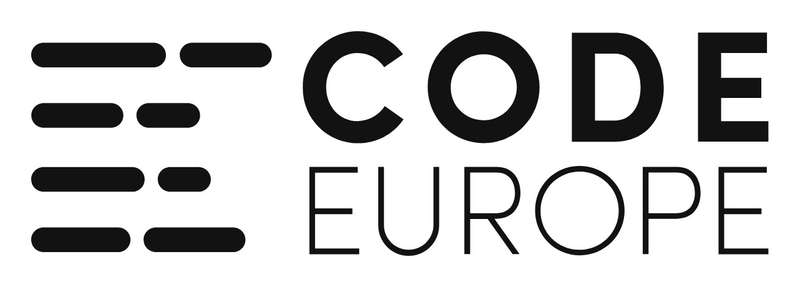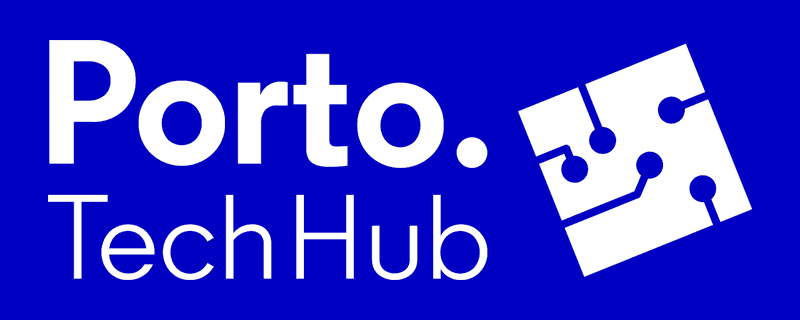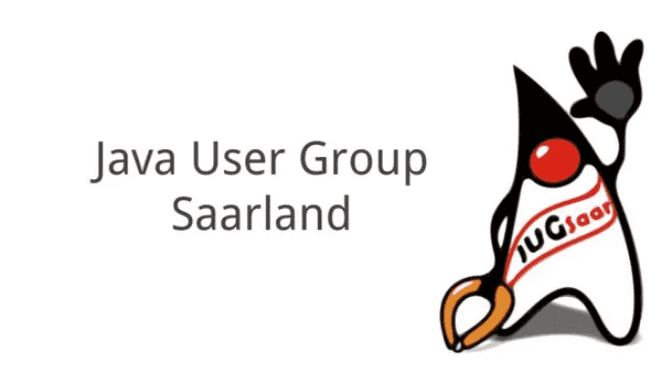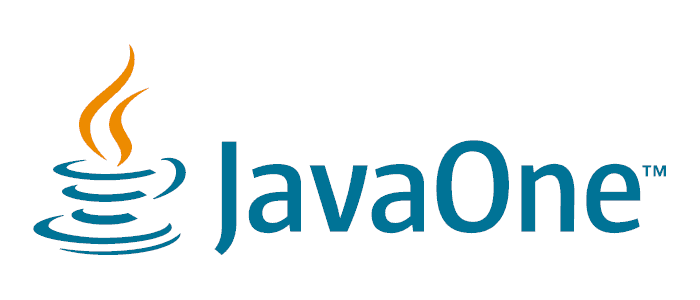In data-oriented programming (DOP), we model data as data and polymorphic behavior with pattern matching. This talk will introduce the concept of DOP and its four principles:
- model data immutably and transparently
- model the data, the whole data, and nothing but the data
- make illegal states unrepresentable
- separate operations from data
We'll also explore how to use pattern matching as a safe, powerful, and maintainable mechanism for ad-hoc polymorphism on such data that lets us define operations without overloading the types with functionality. The talk ends with a juxtaposition to OOP, so you not only learn how to employ DOP but also when (not).
▚Slides
Here's the current version of the slides.
I also embedded them below. If they're focussed, you can navigate with arrow keys or swipes (they're two-dimensional, with chapters on the horizontal axis and chapter content layed out vertically). Use Page Up/Down for linearized order and ? for more shortcuts.
▚Video
Here's a good recording of the talk. I hope you'll like it.
▚Past Presentations
I gave this talk a few times before. See below for links to slides (as they were at that very event), videos, and other information.

